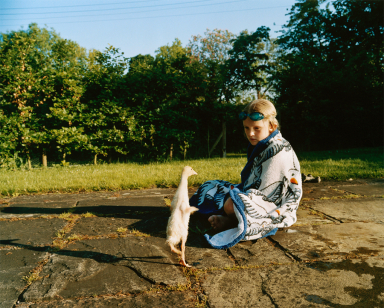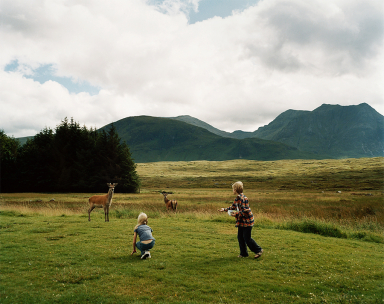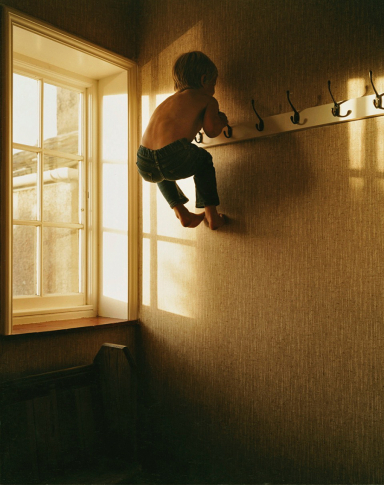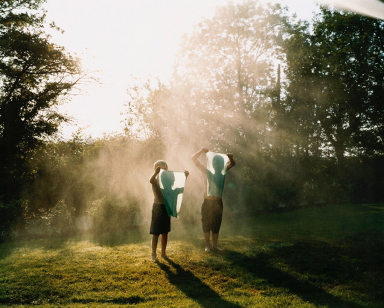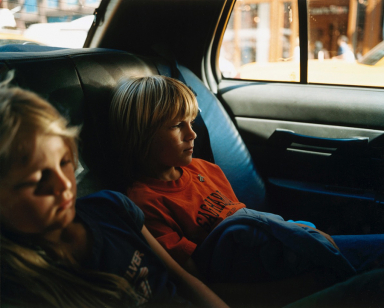Highlights from FotoFest Paris Reviews
December 2, 2019
The reviews at Fotofest Meeting Place Paris presented a good challenge, to think about work from so many different parts of the world, back to back, over the course of a few days. Mia and I spoke with artists working in France, Germany, Korea, Spain, Japan, England, and America. Although every good photographic project is idiosyncratic, some common questions and concerns did rise to the surface. Our brisk dip in the global pool offered the chance to consider what matters to humans across boundaries.
Perennial themes of family, mothering, feminism, identity, traces of the past, ritual, and shared memory… these things seem to know no geographic bounds in contemporary photography. Of the many personal projects at Fotofest, Emma Hardy’s luminous work on family was my favorite.
Hardy’s photographs were transcendent little surprises for me, leaping out from a sometimes overly familiar genre. Making pictures of one’s own children can be tricky — the photographer’s love for the subjects can’t possibly be matched by the average viewer. And so an image that holds immense meaning for the imagemaker may not mean much to others. But Hardy’s pictures of family life, soaked in warm light, resonate deeply with me and tug out all kinds of longing. They’re strange and nostalgic, but they also feel rea,l and present — the good life, fully noticed as it’s happening.
Beyond the themes mentioned above, the foremost issue I’ve encountered at reviews this year, is that artists are concerned about the health of the planet. Photographers are searching to present ecological issues visually, in a way that meets the urgency of the problem. Not surprisingly, this turns out to be a tall order.
Some artists work by exalting the natural world and its biodiversity, hoping to inspire change through appreciation of the earth’s beauty. Others focus on catastrophe and show scenes of decimation as a lament and a wake-up call. Still others do the hard work of tackling the complicated stories that happen behind the scenes, from within larger power structions, and over the slow decay of time.
Much work on climate change isn’t as compelling as it strives to be. Charles Xelot’s work, tracing the path of gas in the Russian Arctic, is a stunning exception. Xelot photographs one of the largest gas fields in the world. With spellbinding compositions, he reveals the changing tundra, tankers, power plants, and the many layers of infrastructure needed to sustain civilization. Leading us back to the source, Xelot powerfully Illustrates mankind’s ever-growing appetite for energy.
-Lisa
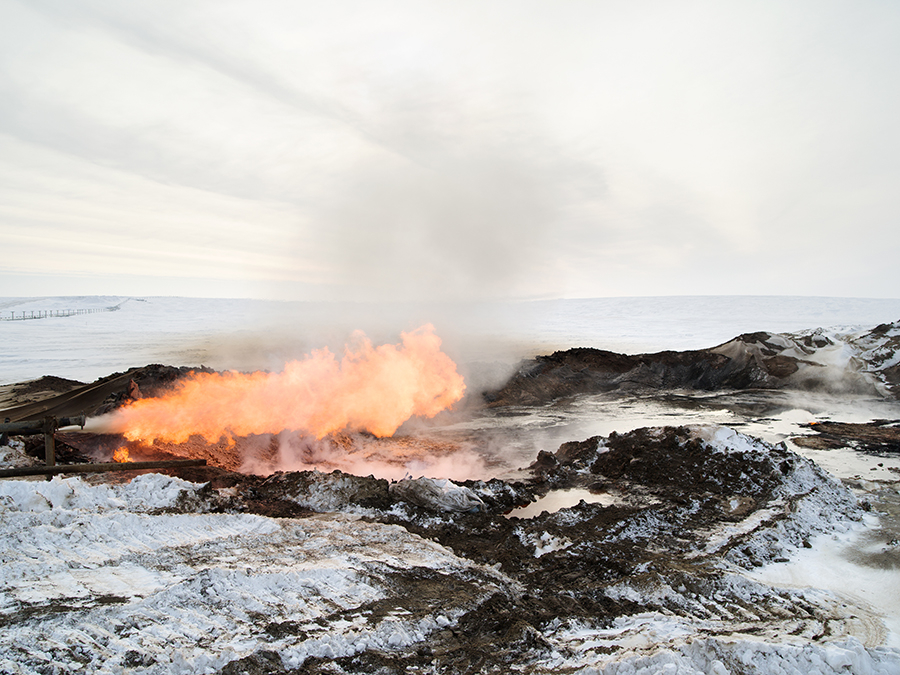
Flare, 2016 During the drilling of a new well the gas is burned until the pressure stabilizes. This dangerous procedure is usually carried out at height but, since the tundra is uninhabited, it is done here at ground level.
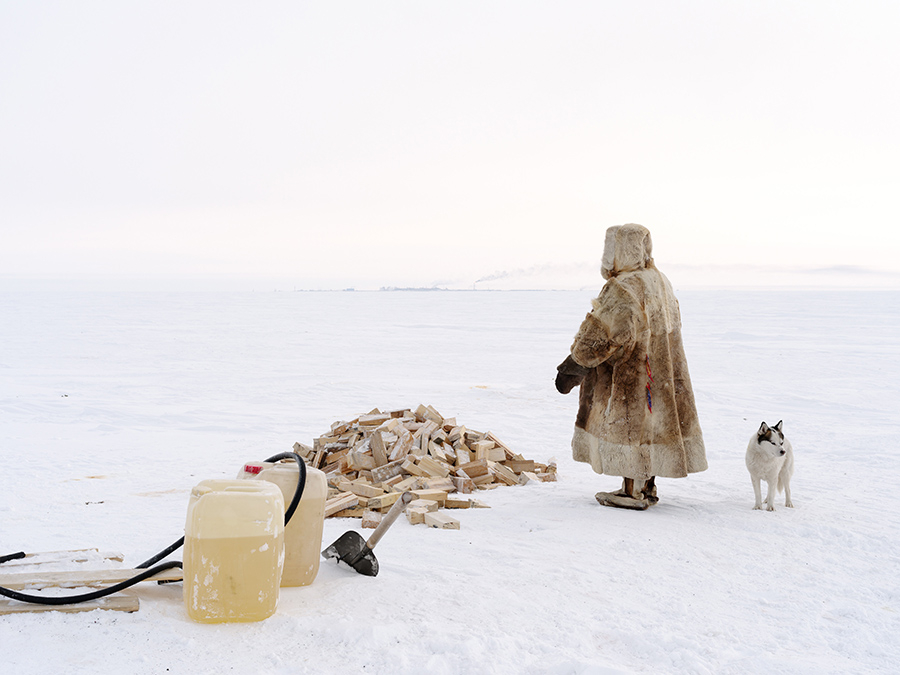
Gregory and the Factory, 2018 In 3 years, Gregory’s environment changed drastically. In exchange for the destruction of pastures, he gets gasoline and wood. He lives 20 km from the factory.
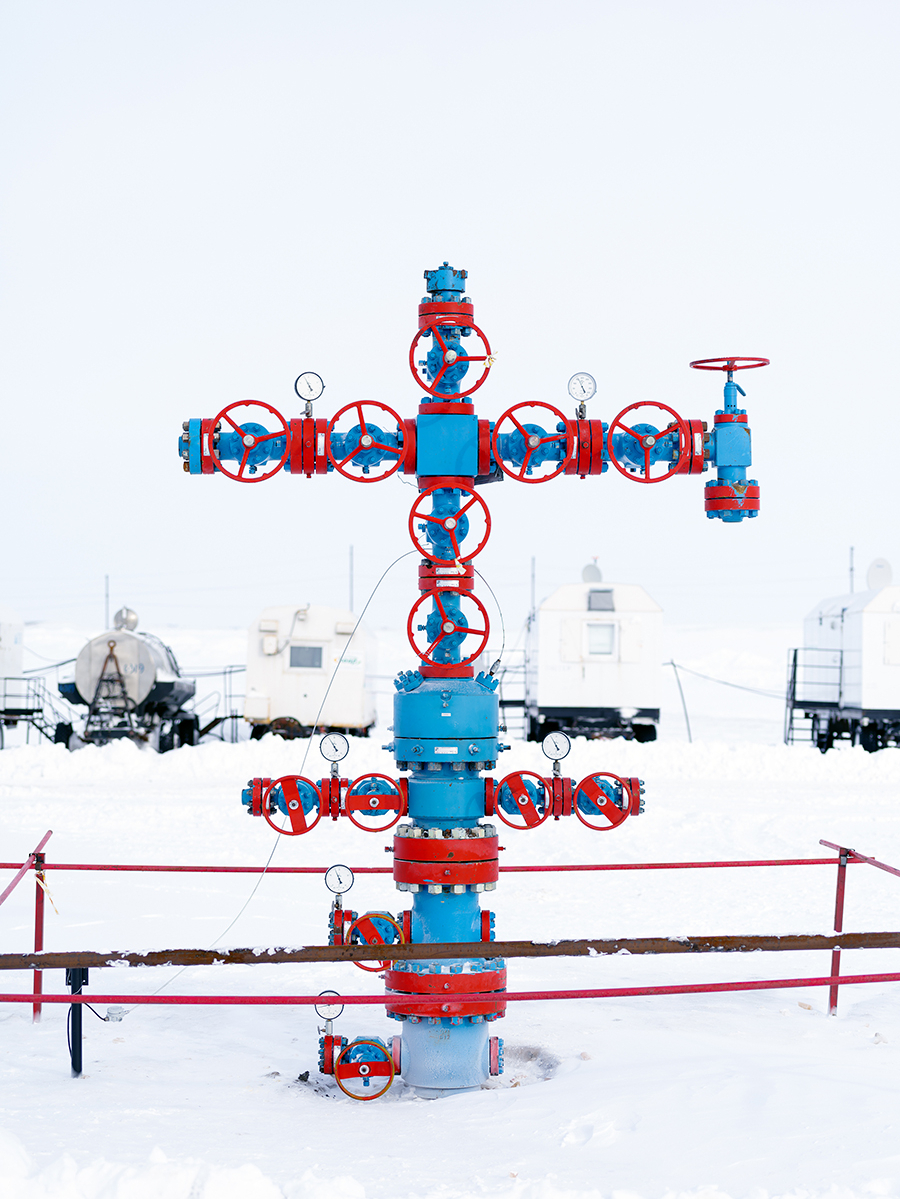
Valves, 2016. Outlet of a gas well not yet connected to the network. In the background caravans sheltering the workers working on the site.
